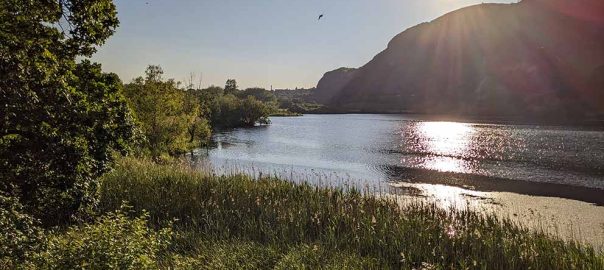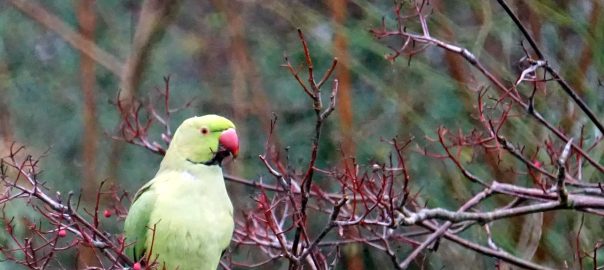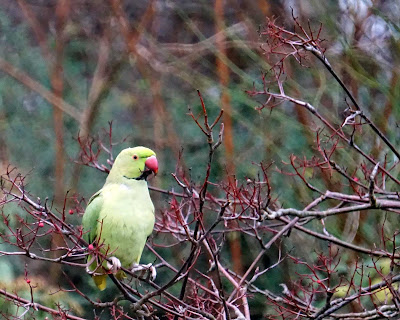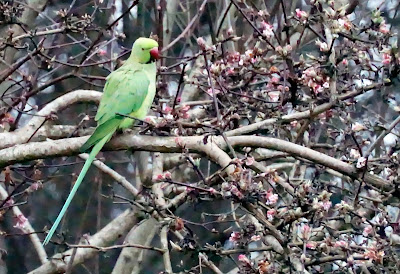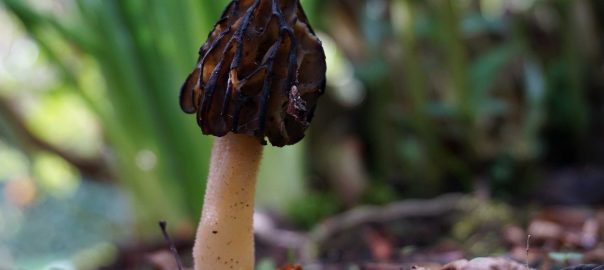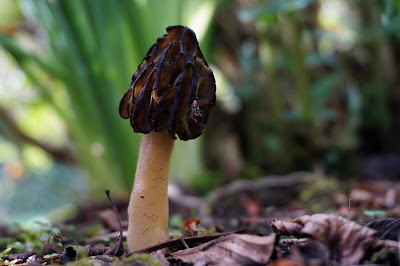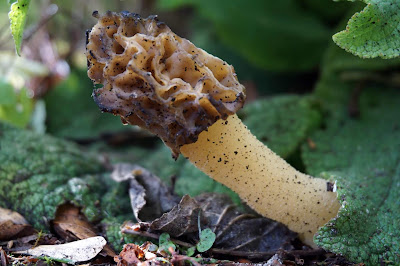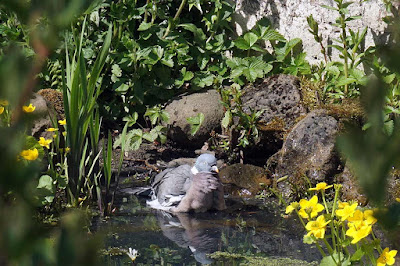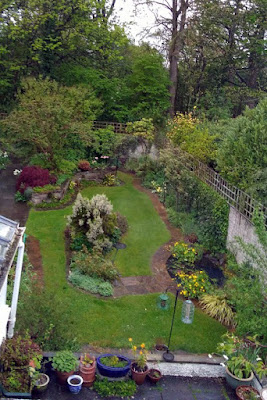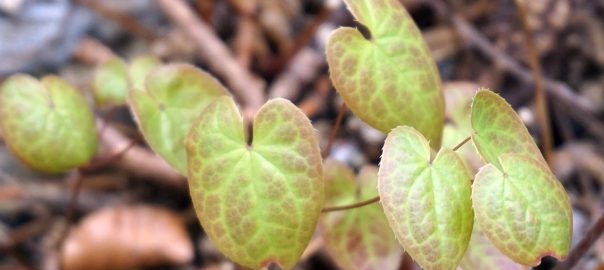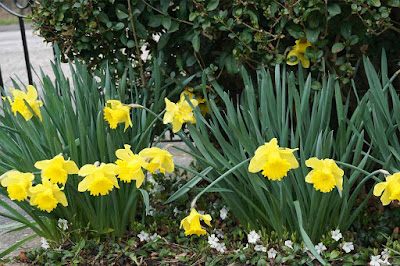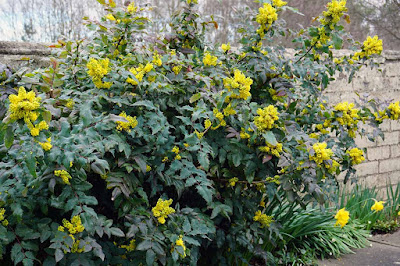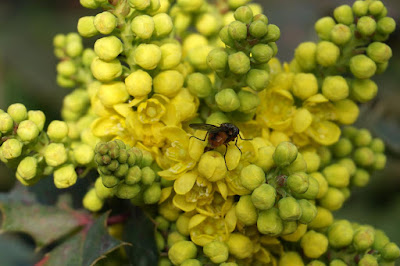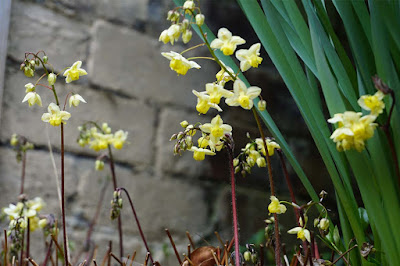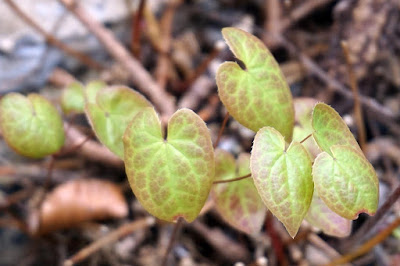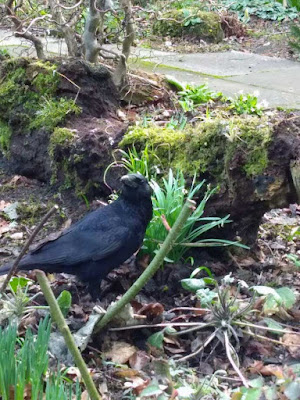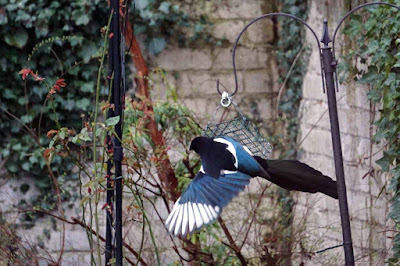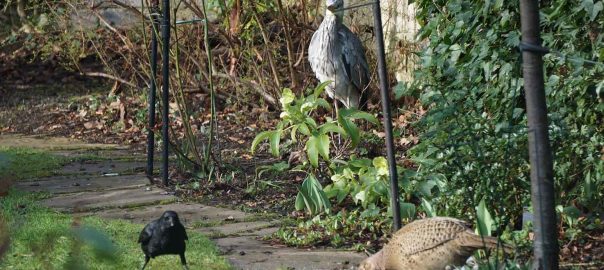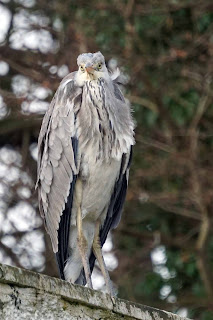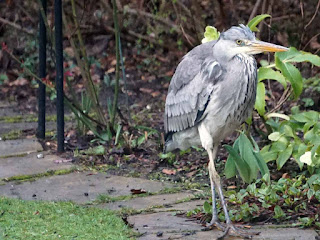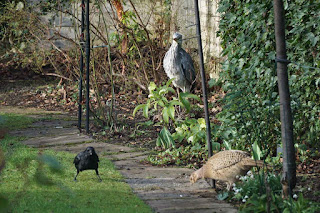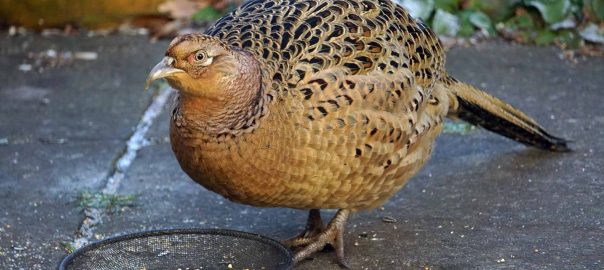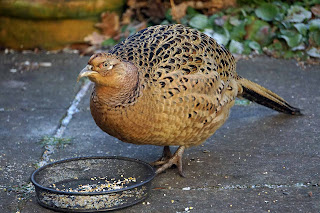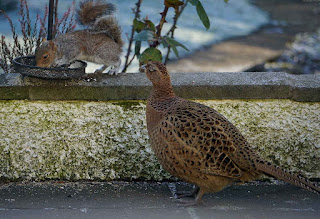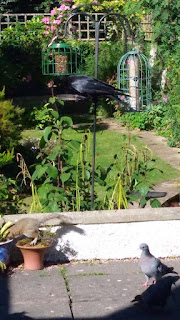When I do get time to relax in the garden I love listening to all the birdsong around me. I can identify a few of them but every now and then I hear something different and wonder which bird is calling so, when I heard of event nearby about the ‘Language of birds in gardens, woodlands and waterways’ I jumped at the chance to go. Chris Macefield was our guide and we met up in Jock Tamson’s Gairden one lovely Thursday evening a week or so ago. We thought that we would just be going around the garden but when we were asked if we wanted to go into Bawsinch nature reserve (I have always wanted to go there) of course we said yes. I thought that Chris meant that we would be going to the northern shore accessed via a road but actually he meant the southern shore. We said great, but we hadn’t really anticipated the terrain – we were told we would be going through a wild flower meadow then along a track to a bird hide. That all sounds do-able we said as Harry would be pushing me in my wheelchair. Well, crossing the wild flower meadow was ok, then the initial track was ok but quite bumpy, then came the narrower tracks with all the tree roots, hidden boulders, steep walls with ferns along them until we came to the hide. Lots of nettles along the way and some of the gaps between the walls were so narrow that Harry had to tip the wheelchair on it’s side to be able to navigate through them. When we got to the hide, I was lifted onto the area in front of the slit of a window to get a view of Duddingston loch. The scenery was fabulous in the calm, balmy evening light. We listened to different warblers,pigeons, swans, covids, wrens, blackbirds, blackcaps, chiff chaffs, woodpecker, tits, goldcrest and a few others that I can’t remember. Then we went further towards the loch through the reed beds with lots of yellow flag iris, this track was even more precarious as to either side was often still ponds which I really didn’t want to end up in. There were little bridges over some of the still water ponds and streams which were easier to negotiate than the narrow tracks. It was so lovely to go through that landscape with all the reeds, iris, trees, ferns and dead trees all around us and it was so quiet that you could not believe we were in the middle of Edinburgh. We came to the end at another hide that I couldn’t really get a view from. Then we had to go back through it all again to get back to the road (although we took a detour after the wild flower meadow to we wouldn’t have to tackle the narrow gap between the walls). Wow what a great chance to get to experience all of that and it is right on our door step. If you get the chance I would recommend going. However, in you are a wheelchair user you need someone who is strong enough to push you over very tough terrain and a word of caution – these motorised third wheels would be more of a hindrance than a help.
My photos from my phone don’t do the reserve justice. Thank you Chris for your knowledge and patience and, the hand out at the end is a great help, and thanks Harry for all that pushing. It is such a shame that it isn’t more accessible for the wheelchair using, bird watching community, but I realise there has been a lot of work already done to the reserve to maintain it, and it would take a mammoth effort and pots of money (not impossible) to make it more accessible. I am so thankful that I did get the opportunity to be there on the southern side of Duddingston loch to enjoy it on such a lovely evening.
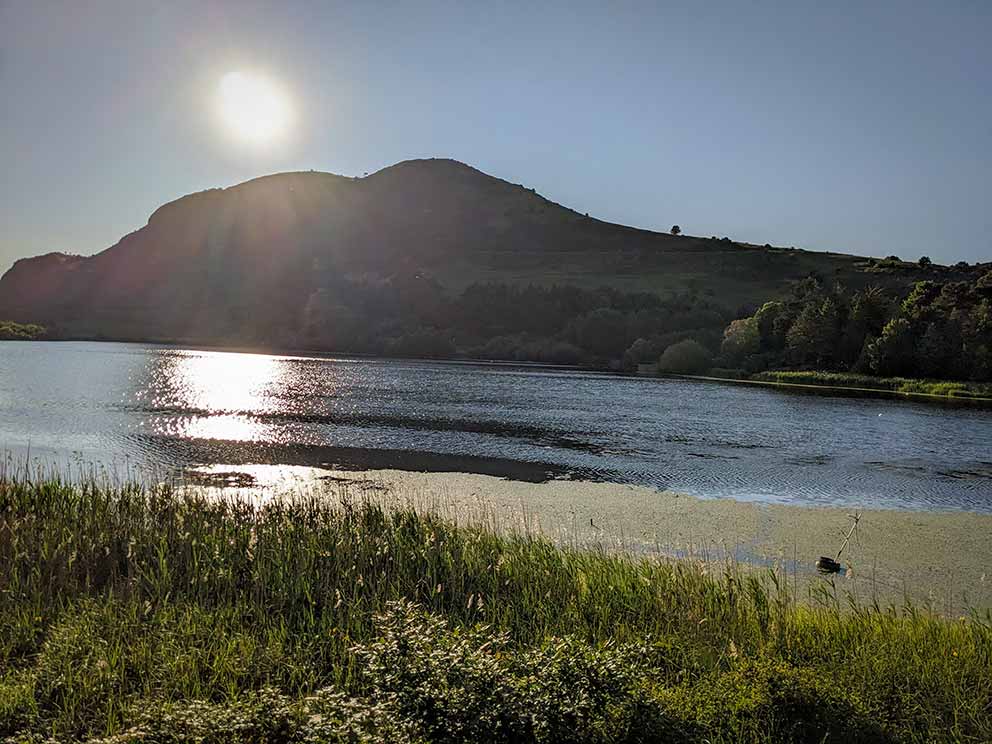
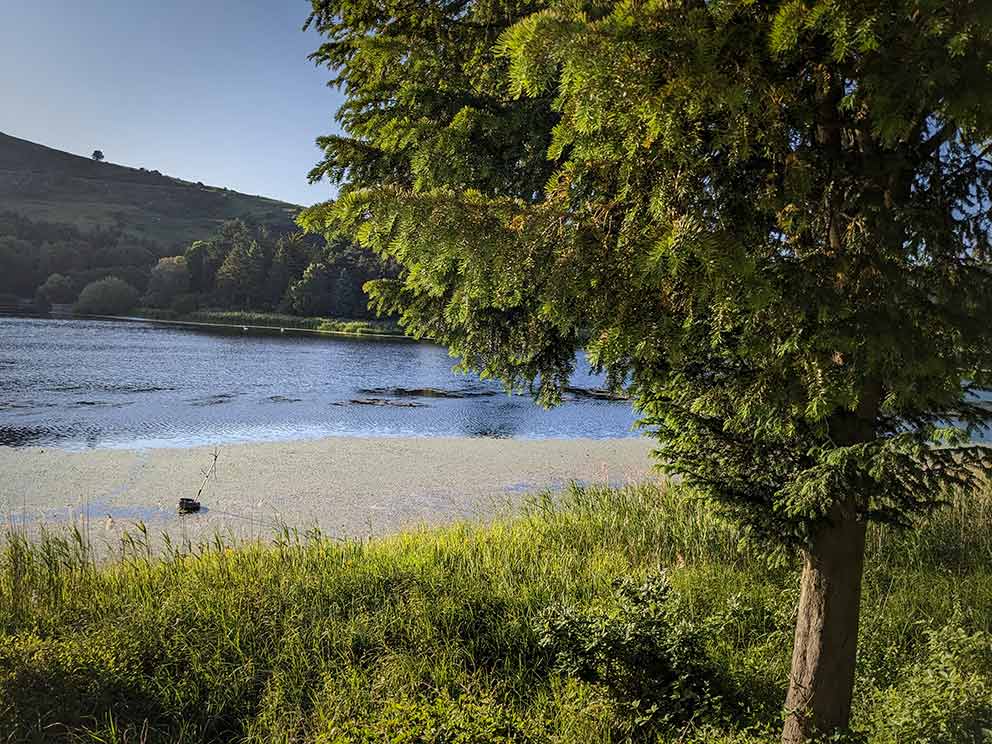
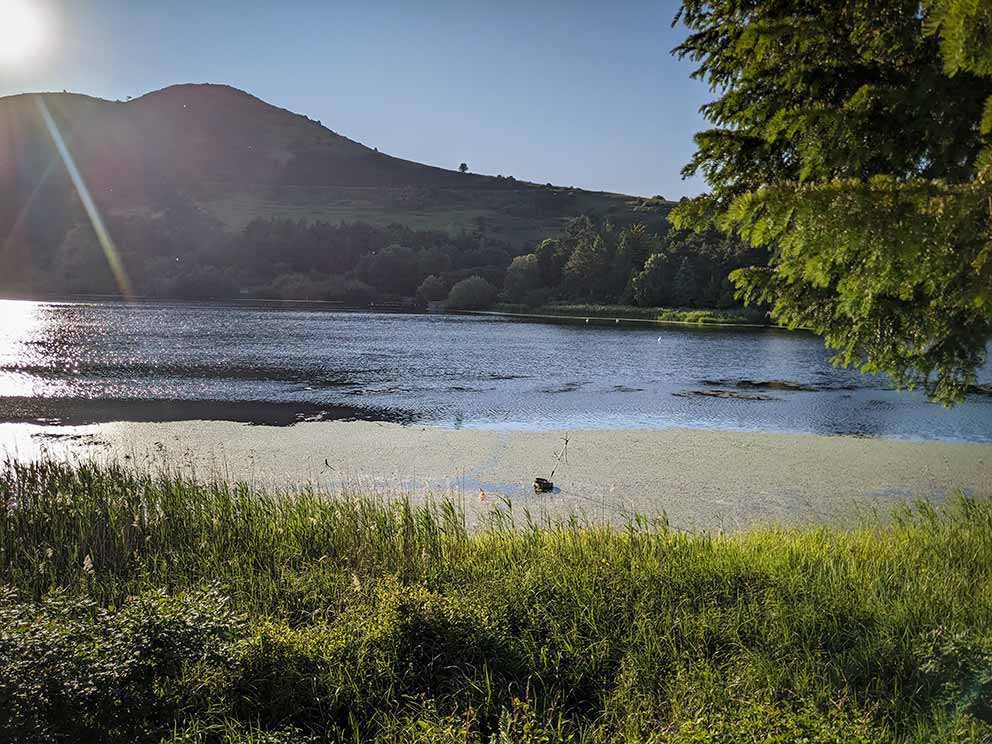
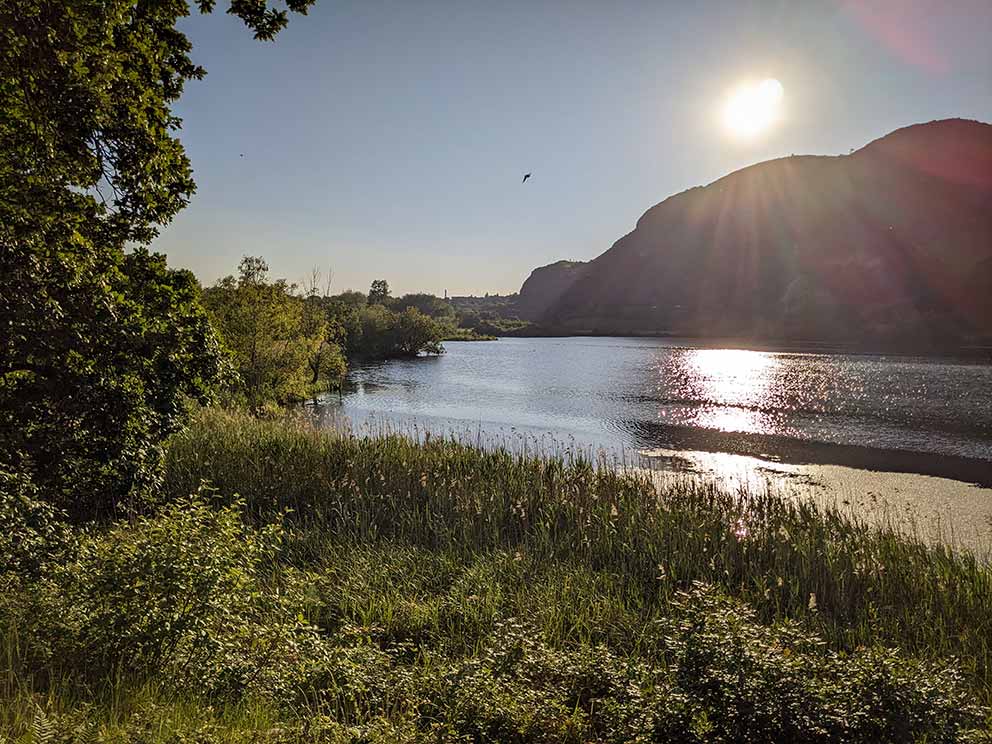
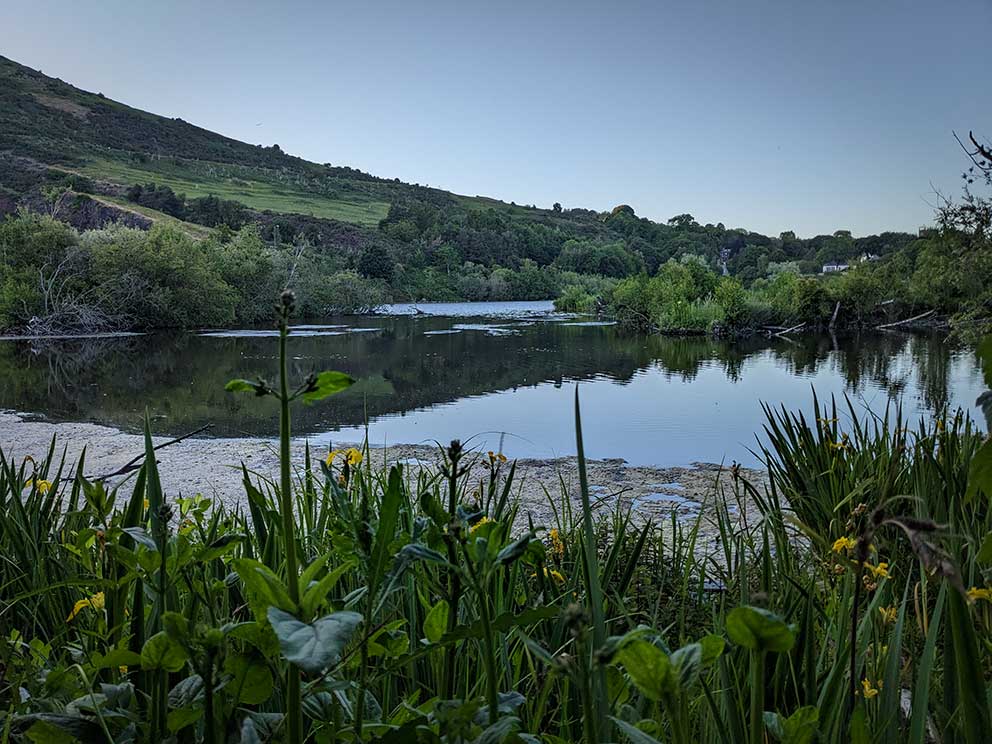
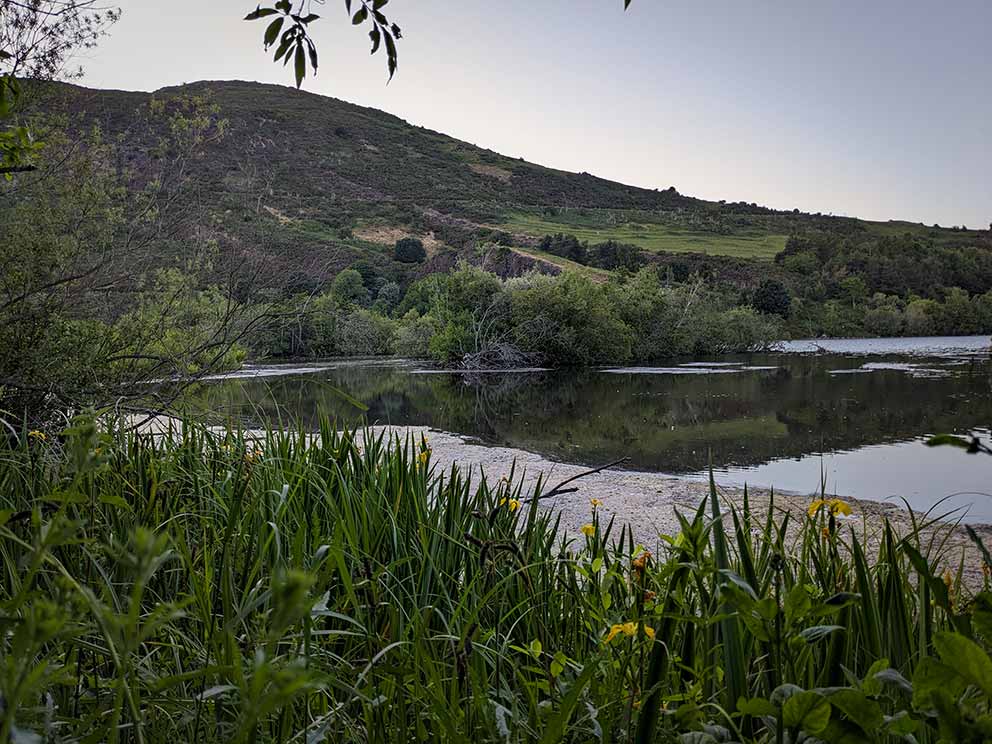
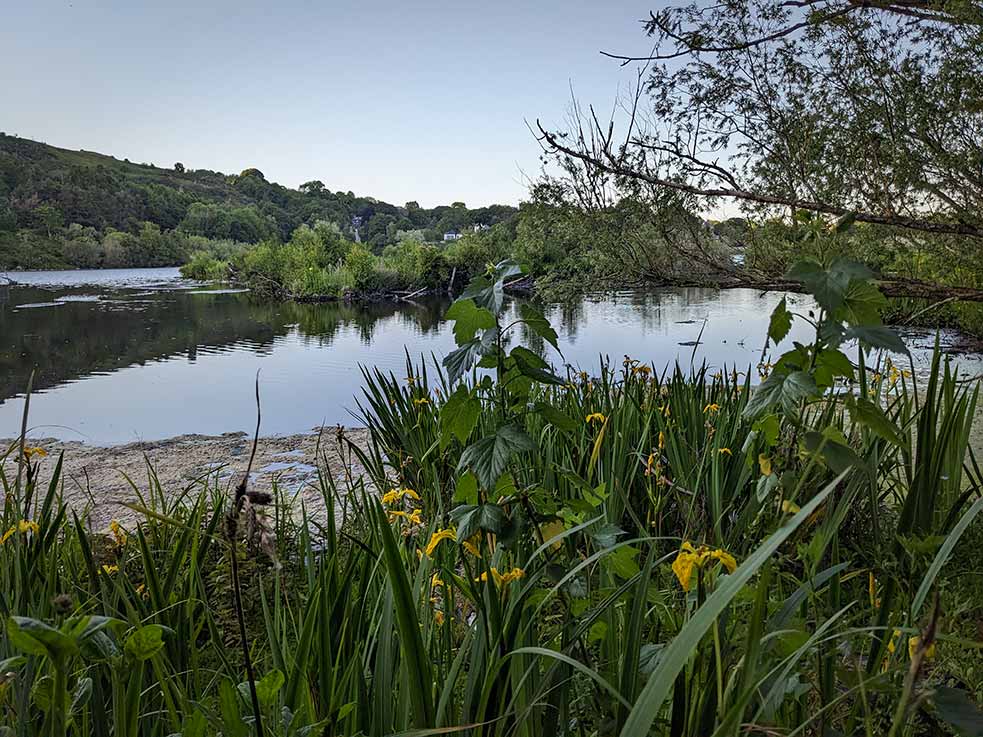
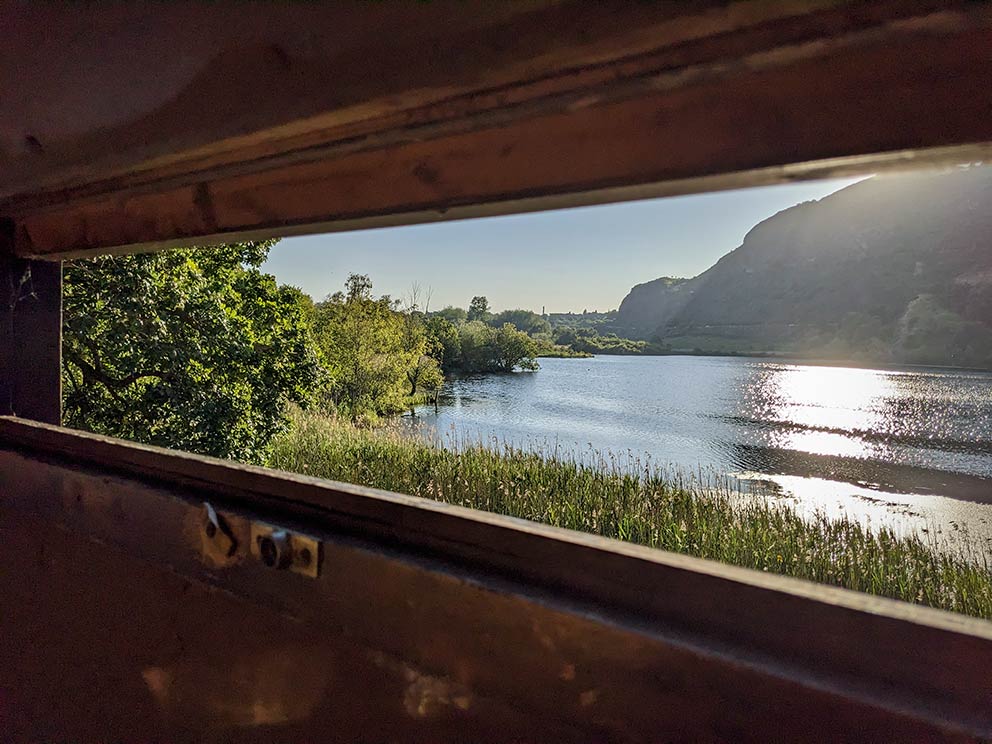
A few links for those interested:
Edinburgh Natural History Society
